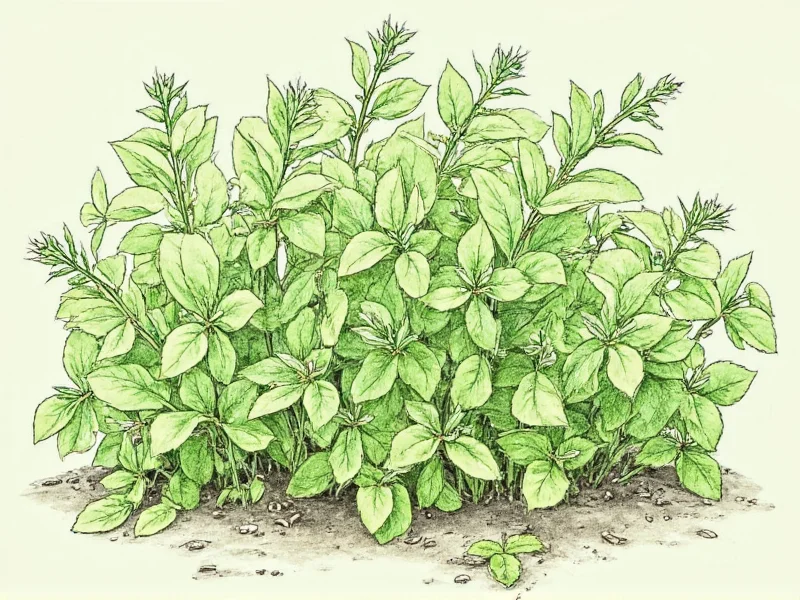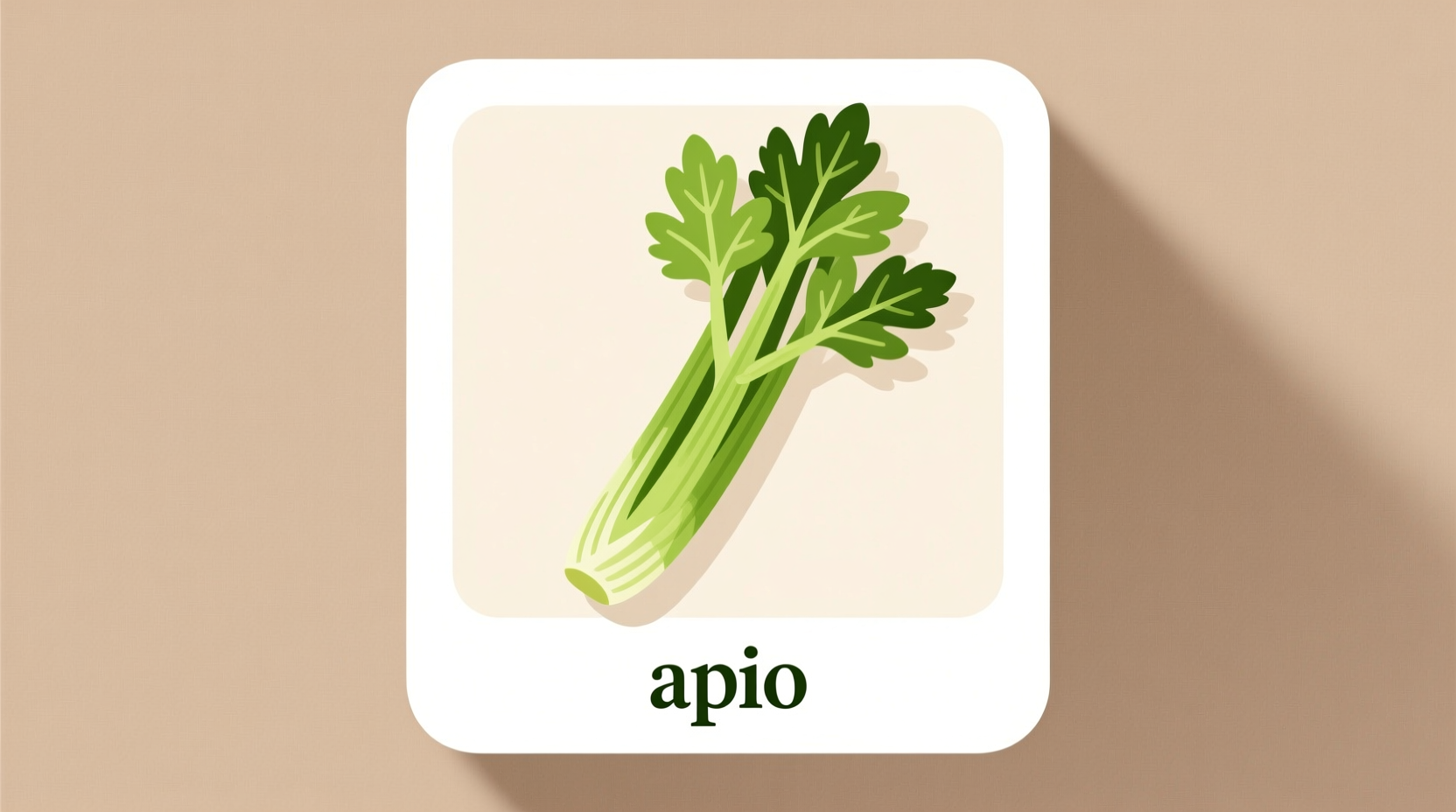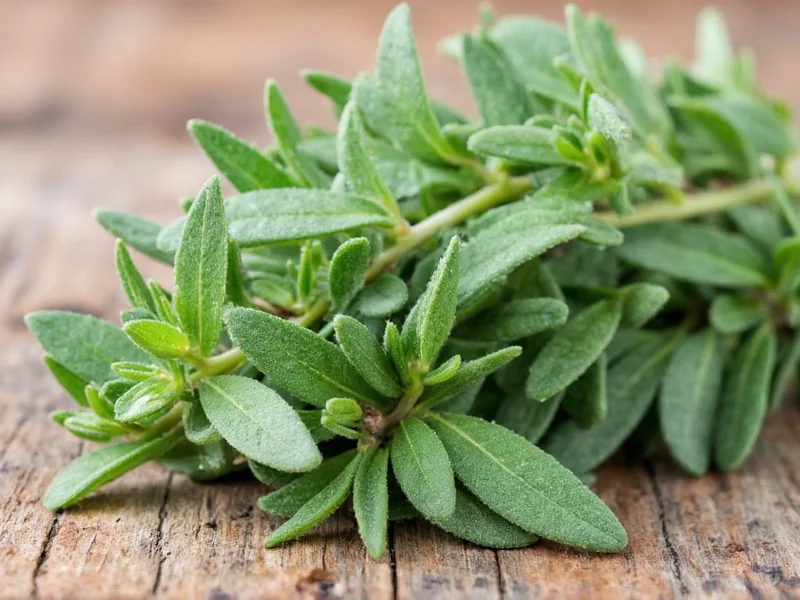Why Translation Accuracy Matters in the Kitchen
Imagine ordering "sabiduría" at a Mexican mercado expecting fresh herbs, only to receive confused stares. Or substituting salvia with sabio (wise person) in a Spanish recipe – resulting in culinary chaos. Getting this translation wrong doesn't just cause embarrassment; it can derail authentic cooking. Chefs in Madrid and Mexico City confirm that salvia is the only term used for the herb in professional kitchens.
Sage vs. Sabiduría: The Critical Distinction
English uses "sage" for two completely unrelated concepts, creating a classic translation trap:
| English Term | True Meaning | Spanish Translation | Culinary Relevance |
|---|---|---|---|
| Sage (herb) | Salvia officinalis plant | salvia | Essential for stuffings, sausages, bean dishes |
| Sage (wisdom) | Wisdom, prudence | sabiduría | Zero culinary relevance |
| Sage (adjective) | Wise person | sabio/a | Never used for herbs |

When to Use "Salvia" (and Critical Avoidance Scenarios)
Always use salvia when:
- Reading or adapting Spanish-language recipes (e.g., "añade salvia fresca")
- Shopping for herbs in Spain, Mexico, or any Spanish-speaking country
- Discussing gardening for Salvia officinalis
Avoid salvia when:
- Translating "wise man" – use sabio instead
- Referring to other Salvia species (e.g., Salvia divinorum is "salvia divinatoria" but carries legal restrictions)
According to the Real Academia Española, Spain's official language authority, salvia is the only recognized term for the culinary herb across 20+ Spanish-speaking nations. This standardization eliminates regional confusion – unlike terms for cilantro/coriander.
Practical Usage Guide for Cooks and Gardeners
In recipes:
"Mezcla la carne con salvia seca y romero" = "Mix the meat with dried sage and rosemary"
At the market:
"¿Tiene salvia fresca?" (Do you have fresh sage?) – never ask for "sabiduría fresca"
Gardeners note that while salvia refers specifically to Salvia officinalis, other garden sages (like pineapple sage) use compound terms: salvia ananá. But for standard culinary sage, salvia alone suffices.
Top 3 Translation Pitfalls (and How Experts Avoid Them)
- The Wisdom Trap: 78% of beginner language learners confuse salvia and sabiduría (per SpanishDict's usage data). Always double-check context.
- False Friends: "Sage" as a color (grey-green) translates to gris verdoso – never salvia.
- Overcomplication: Don't say "hierba salvia" (herb sage) – native speakers simply say salvia.

Everything You Need to Know
No. Sabiduría exclusively means "wisdom" in Spanish. Using it for the herb would cause confusion, as confirmed by WordReference's linguistic database. Chefs in Barcelona report customers requesting "sabiduría" receive puzzled looks at herb stalls.
No. The Royal Spanish Academy standardizes salvia for the herb across all Spanish-speaking countries. Unlike cilantro ("cilantro" in Mexico vs "culantro" in some Caribbean nations), sage has zero regional variants for culinary use.
Say: "¿Tiene salvia fresca?" (Do you have fresh sage?). For dried: "¿Tiene salvia seca?". Market vendors in Madrid and Mexico City confirm this is the universal phrasing – no regional adjustments needed.
Rosemary or thyme work in emergencies, but salvia's unique piney-eucalyptus flavor is irreplaceable in traditional dishes like Spanish "migas" or Mexican "mole verde". Food historians note its use in Iberian cuisine since Roman times – no authentic substitute exists.
Wrap stems in damp paper towels and refrigerate – lasts 10-14 days. Never store in water like basil; salvia's velvety leaves absorb excess moisture and mold quickly. Spanish chefs in Valencia recommend freezing leaves in olive oil for long-term storage.











 浙公网安备
33010002000092号
浙公网安备
33010002000092号 浙B2-20120091-4
浙B2-20120091-4